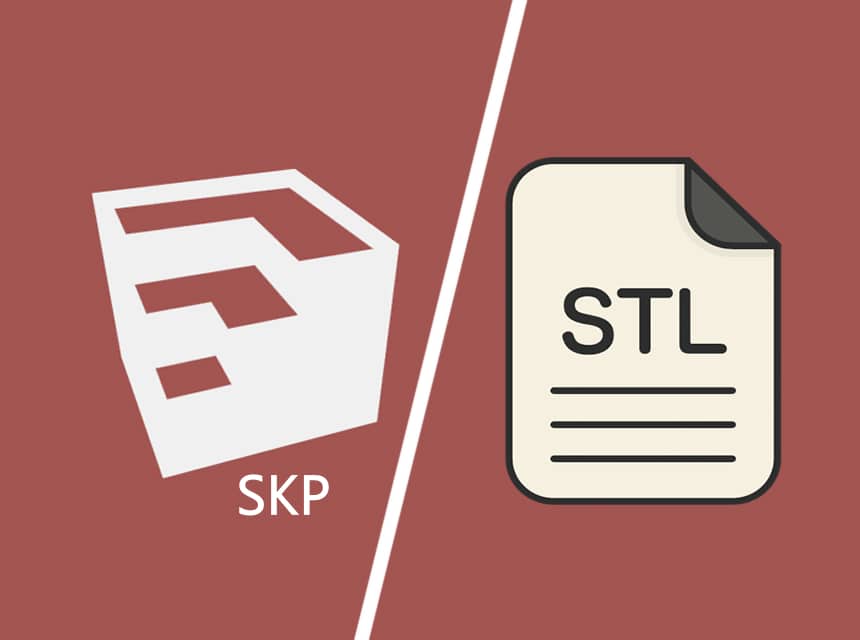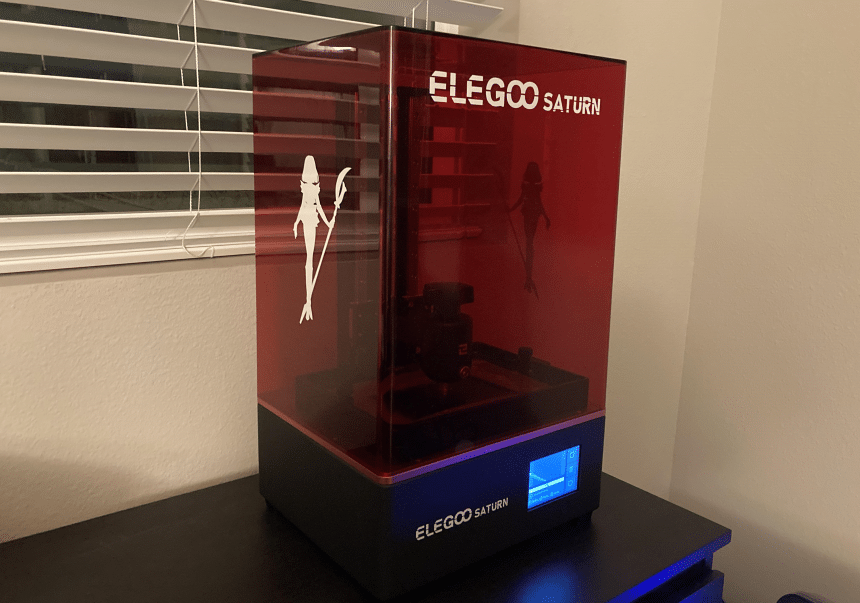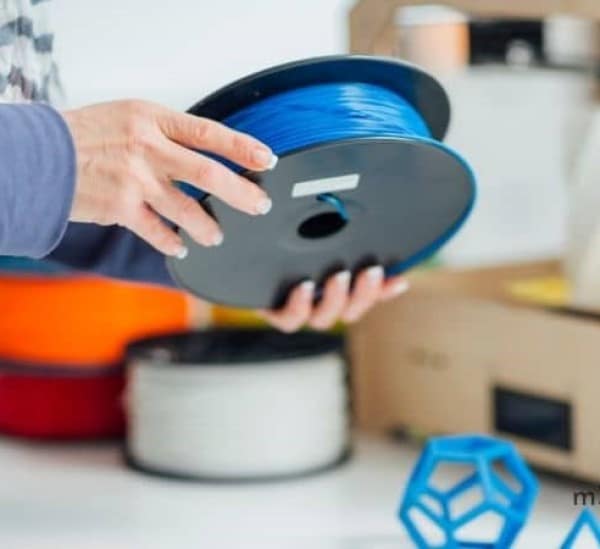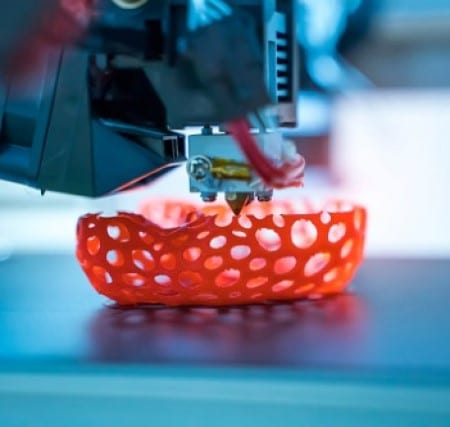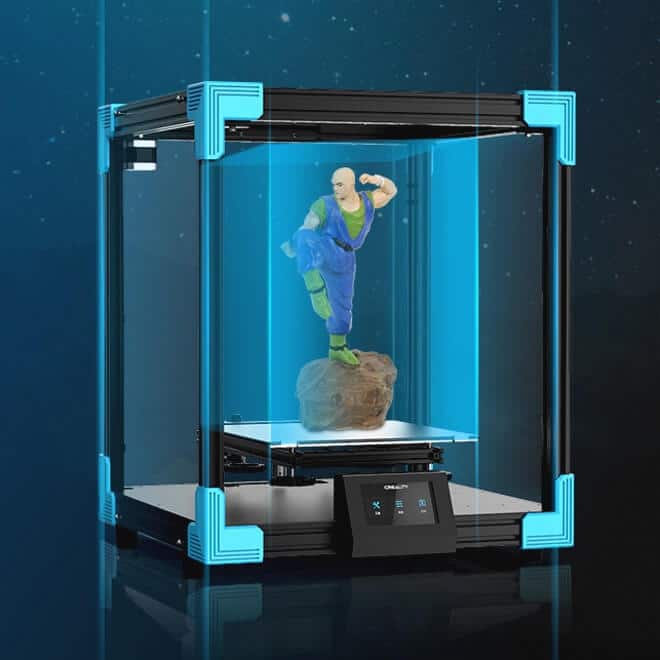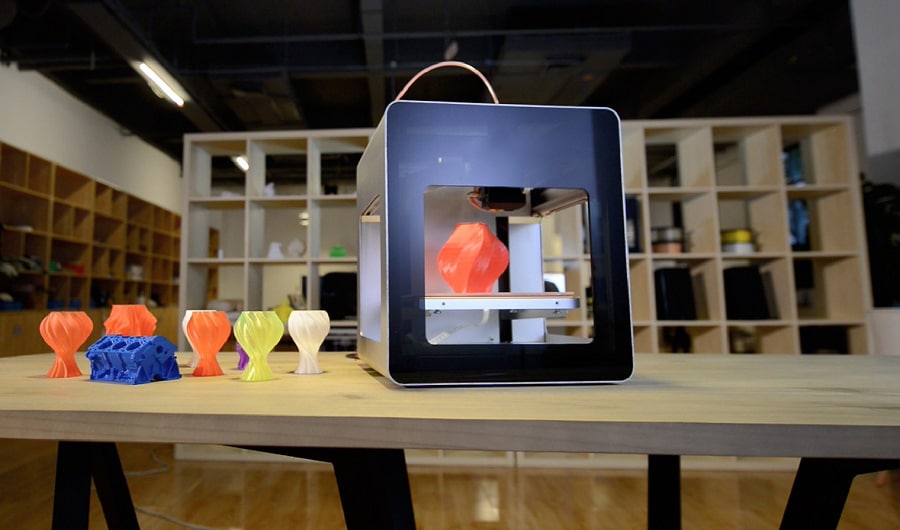

3D printers are among disruptive innovations Trusted Source Scientists create 3D-printed buildings from soil - The Guardian Eco-friendly technology could potentially replace concrete and revolutionise sector. www.theguardian.com that are trending in different sectors of the economy. Cleaning the 3-dimensional printer bed may seem like an easy task, but it is not. You must know how to clean a 3D printer bed to ensure that the machine stays in good condition to perform the necessary functions without any glitches. There are different types of printing beds, and the cleaning procedures depend on this aspect and others, such as the type of stains on the printing bed.
Three-dimensional printers have applications in numerous fields; hence the cleaning may vary from one sector to the next depending on the materials used in the printing process. As per multiple reviews, printers with metal frame structures like the FlashForge 3D Printer are the best choice for industrial applications as they are durable and robust. Other than the manufacturer’s guidelines regarding cleaning, one can find alternative safe ways to keep the printing bed spotless at all times.
There are different types of printing beds for 3D printers. Knowing the options available is vital to identify the appropriate surface for the printing projects they have. When choosing the best 3D printers for beginners, one should ensure that the alternative they pick is versatile, easy to operate, and clean. Some of the common types of printing beds that one will come across include.
Polypropylene is an inexpensive option that is common in the making of printing beds. Besides being affordable, this material is a natural adhesive which means that one does not have to apply glue to hold the printing materials. Cleaning is easy for this material, and it is a durable option, especially for commercial printing.
The surface of polypropylene is not scratch-resistant like Glass. Normal wear and tear will cause this material to warp. Replacements must be done after a while to maintain the printing quality of the 3D printer.
This is the most common material present in an assortment of 3D printers. It is widely used in this variety of output devices for various reasons. Glass is stiff, smooth, and warp-resistant, making it the ideal pick for 3D printers for architects and other professionals that require to use devices in this family. This material is easy to clean with the perfect density and low even heat transfer, ideal for a host of printing projects. Glass does not warp under intense heat. Most varieties that manufacturers use are scratch-resistant.
Manufacturers utilize nanoparticles to make advanced printing beds for printers. The adhesive surface allows the materials to stick to it without glue or any other substances to hold it down. Any cubic ultrabase is not popular in many models for several reasons. The surface does not allow for smooth printing like Glass. Also, use and care are an uphill task for this type of printing bed. Wrong cleaning processes or adhesive applications damage it, and one should always be cautious when using this type of printing bed. Replacing it is expensive, and one has to do this often, which increases the cost of production significantly.
Proper maintenance and care are fundamental for the 3D printer bed to ensure a long life. Each model in the market has features that dictate the appropriate way to clean the surface. In this article, we discuss how to clean a 3D printer bed correctly.
Bringing together the tools and cleaning supplies is the preliminary step towards cleaning a 3D printer bed. This helps save time and makes the process straightforward. Also, it allows the person cleaning to be intentional about the gear and detergents they use, eliminating the risk of using supplies that will damage the printing bed. Important to note is that the material that makes the printer surface will influence the tools and cleaning supplies that one will use. Here are some of the must-haves for cleaning 3D printer beds.
The list of tools and cleaning supplies can be altered accordingly for the numerous models in the market. Cleaning a 3D printer bed does not require any special tools, and the solutions needed are readily available.
Glue is among the adhesives that play a pivotal role in the 3D printing process. It leaves a residue on the surface that must be cleaned to ensure that the printer retains high performance. The bed material, as we have mentioned above, dictates the best cleaning process. Glue residue must be removed after every printing job for obvious reasons. Window cleaner is the best solution to rely on when cleaning glue from the surface. The solution dislodges the adhesive from the printing bed, making it easier to wipe it away, leaving the surface immaculate.
After soaking the glue in dishwashing liquid, one can choose to wipe with paper towels or a piece of lint-free cloth. If this does not wipe away all the adhesive, a scraper will come in handy to remove the stubborn residue. The tool’s edge should be blunt and straight to facilitate the scrapping process without scratching the printer bed. After this process is done, the window cleaner should be sprayed on the surface and wiped until dry to ensure that the printing bed is glue-free.
PLA is a thermoplastic polyester that is a raw material common in 3D printing. Polylactic acid is a prevalent material in this industry as it is relatively cheap and easy to use. When using the same color for different items, most people do not see the need to clean this substance off the printing bed after a single use. However, accumulating the residue from this material may not be a good idea because the pileup will be harder to clean.
Acetone dissolves PLA making it simpler to wipe it from the printing bed. Surfaces coated with plastic or any coating cannot be cleaned with acetone as it will erode the surface. For such models, it is best to use a scraper, warm water, and mild detergent such as dishwashing soap. Most affordable 3D printers are easy to clean thanks to the heating feature that allows for easy removal of the plastic from the printing bed.
Acrylonitrile Butadiene Styrene (ABS) is one of the oldest materials in the history of 3D printing. Its high resistance to heat makes it the ideal pick for high-temperature uses. Luckily, this is one of the easiest residues to clean from the surface of a three-dimensional printer bed. Experts recommend printers such as the Dremel Digilabs best value model for ABS material to get the best results as the construction and digital features permit multiple adjustments.
ABS is not problematic when it comes to cleaning. It dissolves easily in acetone, making removal from the surface a walk in the park. After adding the solution, it should rest for a minute or two before wiping with a clean cloth or paper towels.
3D printers have numerous applications. The cleaning process depends on the materials being used in a particular project. Also, the material that manufacturers use to make the printing bed is another aspect that dictates the best tools and agents to use to remove the different types of residue. Before trying anything, one must understand how to clean a 3D printer bed for the model they have.
Manufacturers of this equipment provide instructions on the best way to clean the printing surface. It is best to follow the recommendations they give concerning cleaning tools and supplies. If this information is missing, the material that makes the printing bed will guide the person cleaning on the best procedure to follow. Fortunately, most of the raw materials necessary for 3D printing are not hard to remove from the bed.
